I hope you all have wonderful plans for the holiday. R and I are having a sleepover at the B homestead tonight! That should be fun, and I'm sure I'll be able to post some adorable photos of our nephew, Baby B! It's great spending time with family, but one of my favorite Thanksgivings was spent with my grad school friends, eating a gourmet spread and hanging out all day.
Currently my entire ass-leg is on fire from the "Straight Up Strength" class I took at the gym yesterday.
It's a big week for Critter News!
Squirrels: The Revolution Begins.
An innocent goat is killed!
Related to today's critter entry; a arachnid larger than a person!
So, what critters are currently in your house? Here's a photo collection from our own apartment building.
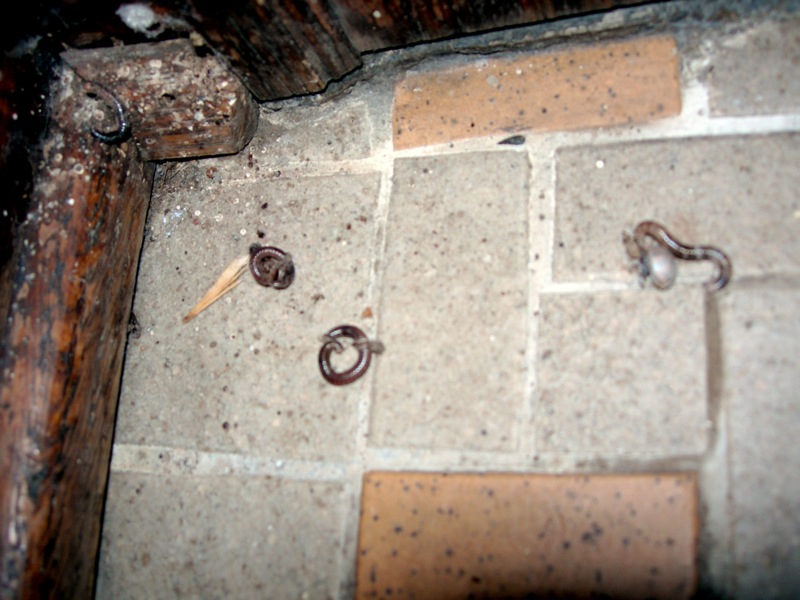
Dead millipedes in the front entryway. I think they've been killed by spiders; but what are the millipedes doing inside anyway? I wonder if they eat tiny plant particles indoors or something.
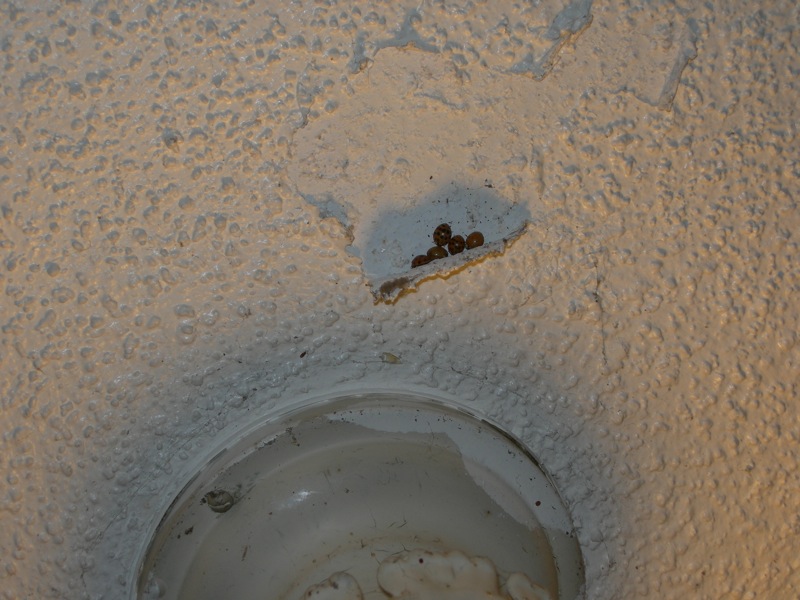
Some Asian beetles, hiding in this paint chip next to the upper landing light fixture. Don't they look cute and cozy?
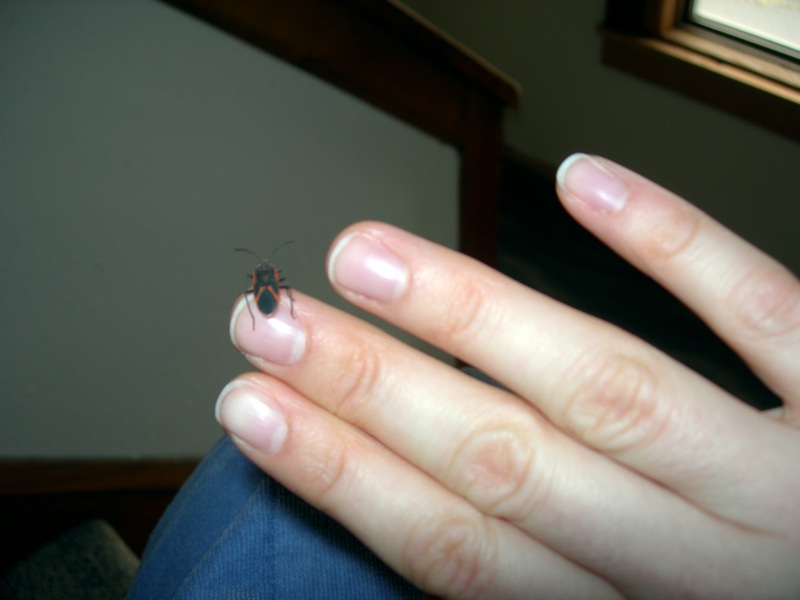
One of the few remaining box elder bugs in our stairwell. I hope he didn't notice this:

Eeee! The box elder bug graveyard on the carpet of the landing! (Our apartment does not have a caretaker, can you tell? Also, can you guess who is the only person who has been vacuuming the stairwell? Um, not lately.)
On to the Critter Feature: Spiders. Yesterday, there was a lovely spider in the shower with me; I wish I would have taken a picture because today it has disappeared. Like some of my other entries, arachnids are a huge category and I'll just present an overview today. R and I like spiders, and usually allow them to share our apartment; they might get squished if they are crawling across the comforter or something.

This sac spider was my guest in the shower yesterday, I think.
Within the Arachnid Class, spiders are part of the Order Araneae, which include scorpions, mites and ticks. Scientists have placed 40,000 species into 111 families, but think there may be 150,000 more species yet to be identified or discovered!
Spiders are physically different from insects in that they have two segments instead of three. In spiders, the head and thorax are fused together, which results in what is called a cephalothorax. The thin "waist" of most spiders is called a pedicle, and allows it to move freely in all directions. Unlike the faceted compound eyes of insects, spiders have eyes made of a single lens. Most spiders have eight eyes, but some have six, four or two. Depending on the nature of a spider, they will either have very poor or very sharp vision. As you can expect, jumping spiders and net-casting spiders need excellent eyesight to pounce on their prey! Some web-making spiders rely more on the vibration of their web than the visual scanning of potential meals.
Here is a cute jumping spider, common in the Midwest:

I see six eyes, what about you?!
Spiders have varied ways of breathing. Some have what are called book lungs, because of their folded appearance. These folded layers, probably evolved from gills, allow for oxygen absorption. Some have a tracheal system, where openings along the body, called spiracles, allow oxygen (moisture, etc) to enter the arachnid and reach the tissues using tubes called tracheoles. Hemolyph, the blood of arachnids, doesn't carry oxygen, which some scientists think limit the size of the spiders. (Hmmm, check out the news headline above for crazy arachnid size!)
Spider nooky is very interesting! A male spider will build a small platform of web and ejaculate onto it. Then he places special bulbed pedipelps (small legs) into the sperm and sets off to find a female! Again, depending on the eyesight of the species, he might go into a complicated mating ritual (wolf spiders or jumping spiders) to let the female know he is not a candidate for dinner! Some males even offer the females a morsel, like a dead fly for example, to quell her hunger before he approaches! Once the male has safely approached the female, he places his pedipelp inside her epigyne, or female opening. The sperm is then stored until it comes in contact with the eggs. There are many species of spiders that engage in cannibalism after mating, most famously black widow spiders, but sometimes a male black widow will live on the female's net for several days after mating. Scientists think the death of the male after mating is good for the species, as the males don't help raise the babies anyway and at least he can provide a good meal for the pregnant female. After all, she is carrying his DNA.
A giant house spider in the W family ancestral bathroom:
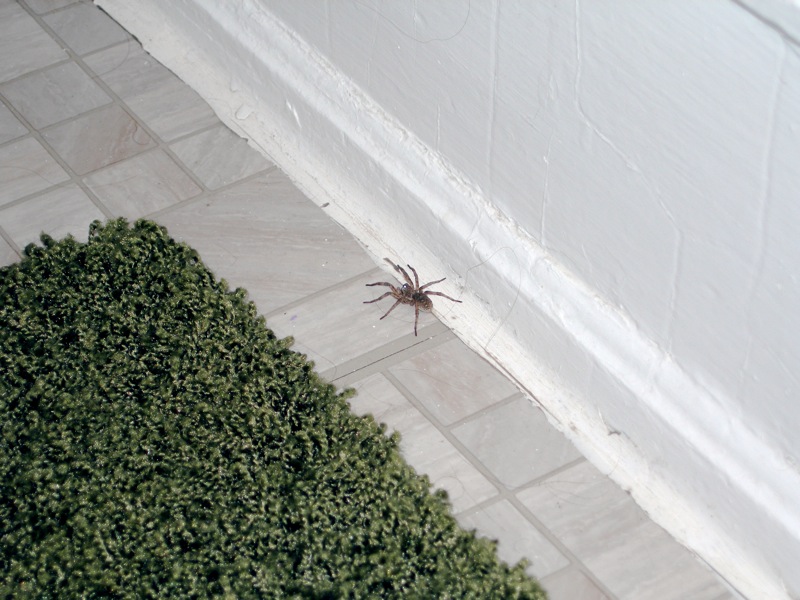
Spiders have three steps in their life cycle; embryo, larval and nympho-imaginal; during the latter the spider enters into sexual maturity.
All spiders are predators and most bite their prey immediately upon contact. The venom either liquifies the interior of the prey or paralyzes it with a neurotoxin. Spiders mostly can eat only in a liquid form, but some spiders with especially strong chelicerae (fangs) will chew edible parts of an insect. Some spiders can spit their venom! There are about 200 species of spiders that can harm humans, but many more that can cause a painful bite.
The main feature of the spiders abdomen are its spinnerets, which spin the silk. Spider webs take on many forms:
* Funnels
* Trapdoors
* Tangled mazes
* Diving bells
* Burrows
* The standard spiral web
Spiders live all over the world, from the Arctic, to my shower, jungles, caves and the highest mountains. The largest species are from the tarantula family, which can grow 3.5 inches long with a legspan of 10 inches; the tiniest species are only 1 millimeter in size.
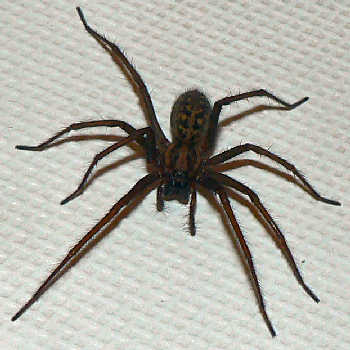
A close-up of the giant house spider.
Fun fact: Daddy longlegs, or harvestmen, are part of the Opiliones family of arachnids, and contrary to the popular wive's tale, actually don't have venom. They actually chew their food, and are more omnivorous than other spiders. FYI.
Well, have you learned about spiders? I know some of you are scared of them, and I definitely don't want one to bite me, but they are excellent bug killers. I keep them around my crib in the hopes that they will kill one of these:
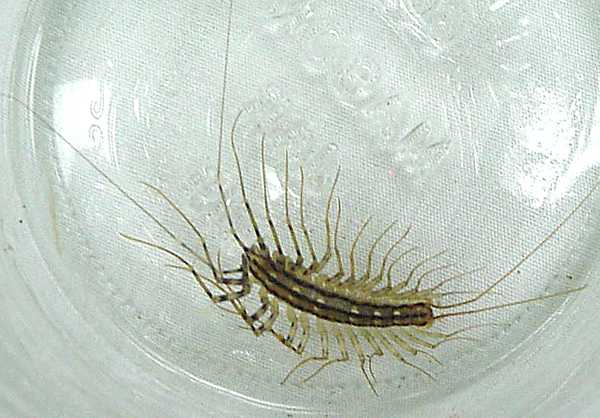
Ahhhhhhhhhhhhhhhhhhhhhhhhhhhhhhhhhhhhhhhhhhhhhhhhhhhhhhhhhhhhhhhhhhhhhhhhh!
Pumpkin pie,
Wendell!

4 comments:
DUDE-- that LAST picture? I just took a picture of one of those in my bedroom! It was SO big and scarey. Ewww Happy Turkey Day!
Hey, was that Thanksgiving at my old place when AA backed up our sink with her puke?
That was good times.
Also, I try to let the spiders be, so that they will kill the nasty beasties. I'm a little upset about the idea of ejaculating onto a web platform, though.
Maven, that was indeed the Thanksgiving. It was such a fun time!
I wanted to put some kind of spider fisting joke in there....
that last photo is of a Cave centipede. but not in a cave!
Post a Comment